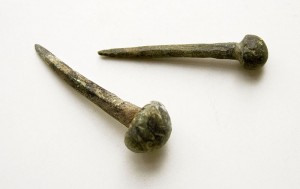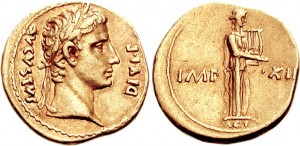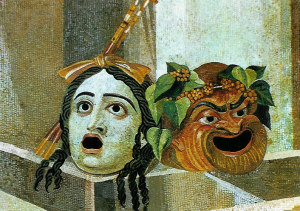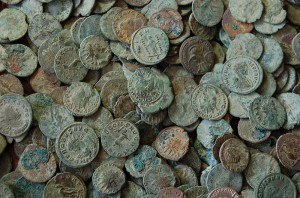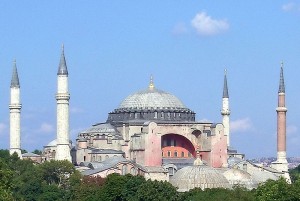
Hagia Sofia
The great church of Hagia Sophia (Holy Wisdom) was one of the supreme architectural achievements of the eastern Roman empire. It was built on the site of an earlier church by the emperor Justinian in AD 537, close to the Great Palace of the Emperors in the heart of Constantinople. It is important to us first of all because of its architectural achievement. It departs from established Classical traditions by focusing the attention of the visitor upon its interior, rather than its exterior.
Continue reading →

